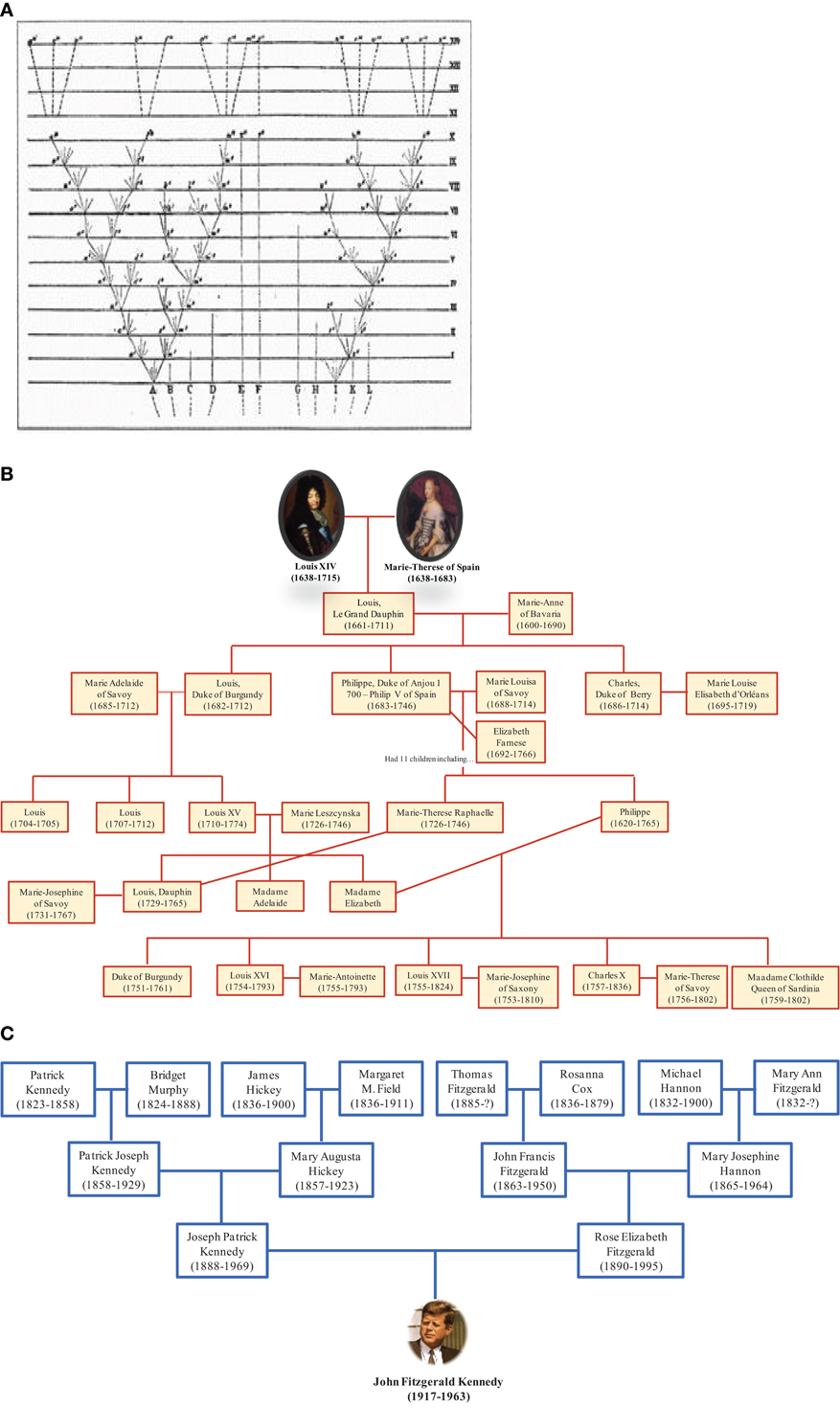Review ARTICLE
Front. Cell. Infect. Microbiol., 28 August 2012
Rhizome of life, catastrophes, sequence exchanges, gene creations, and giant viruses: how microbial genomics challenges Darwin
Vicky Merhej and Didier Raoult*
URMITE, UM63, CNRS 7278, IRD 198, INSERM U1095, Aix Marseille Université, Marseille, France

ABSTRACT:
Darwin's theory about the evolution of species has been the object of considerable dispute. In this review, we have described seven key principles in Darwin's book The Origin of Species and tried to present how genomics challenge each of these concepts and improve our knowledge about evolution. Darwin believed that species evolution consists on a positive directional selection ensuring the “survival of the fittest.” The most developed state of the species is characterized by increasing complexity. Darwin proposed the theory of “descent with modification” according to which all species evolve from a single common ancestor through a gradual process of small modification of their vertical inheritance. Finally, the process of evolution can be depicted in the form of a tree. However, microbial genomics showed that evolution is better described as the “biological changes over time.” The mode of change is not unidirectional and does not necessarily favors advantageous mutations to increase fitness it is rather subject to random selection as a result of catastrophic stochastic processes. Complexity is not necessarily the completion of development: several complex organisms have gone extinct and many microbes including bacteria with intracellular lifestyle have streamlined highly effective genomes. Genomes evolve through large events of gene deletions, duplications, insertions, and genomes rearrangements rather than a gradual adaptative process. Genomes are dynamic and chimeric entities with gene repertoires that result from vertical and horizontal acquisitions as well as de novo gene creation. The chimeric character of microbial genomes excludes the possibility of finding a single common ancestor for all the genes recorded currently. Genomes are collections of genes with different evolutionary histories that cannot be represented by a single tree of life (TOL). A forest, a network or a rhizome of life may be more accurate to represent evolutionary relationships among species.
FREE PDF GRATIS: Frontiers in Cellular and Infection Microbiology


